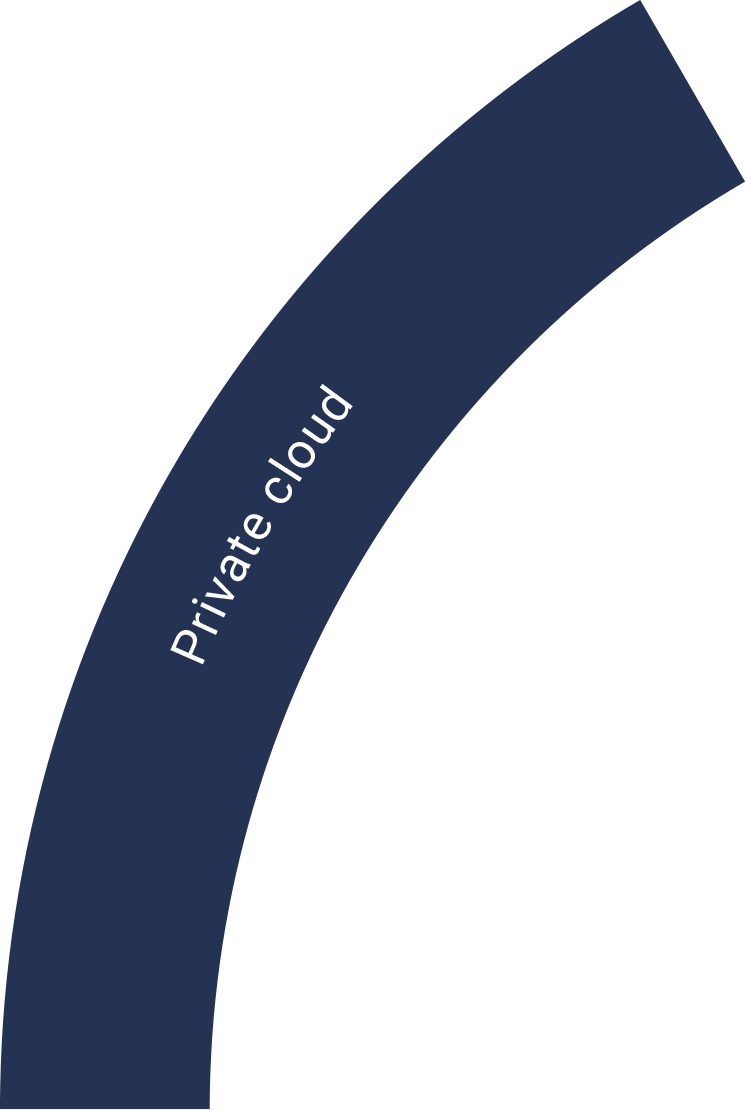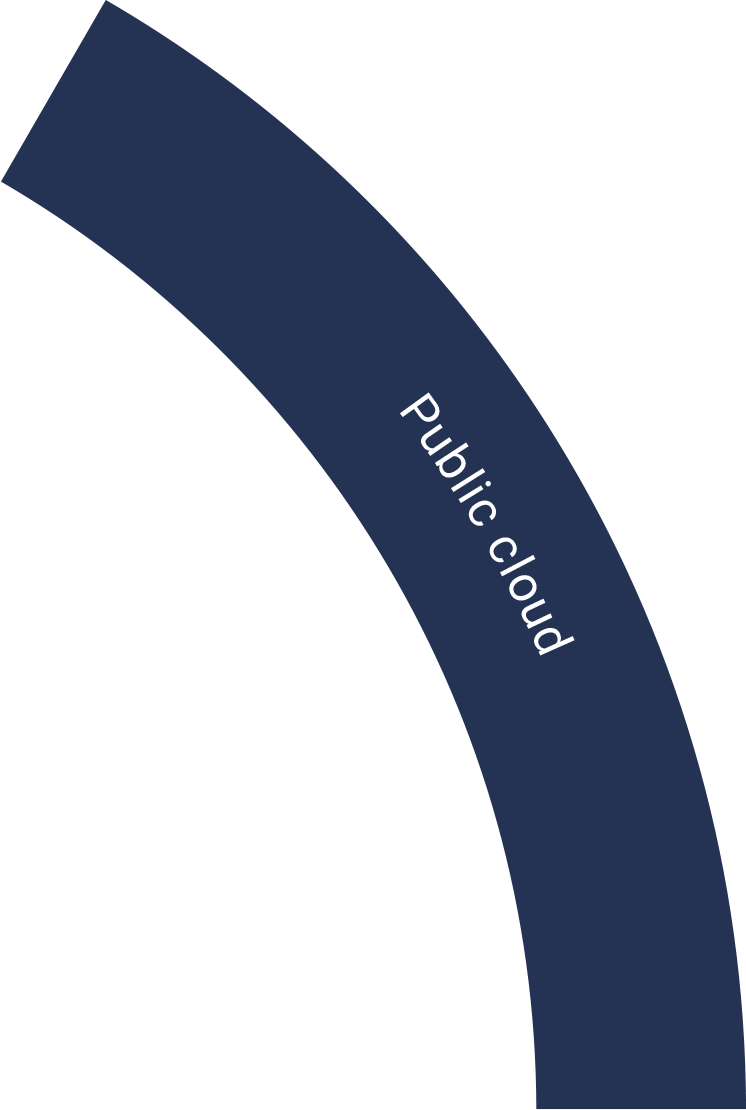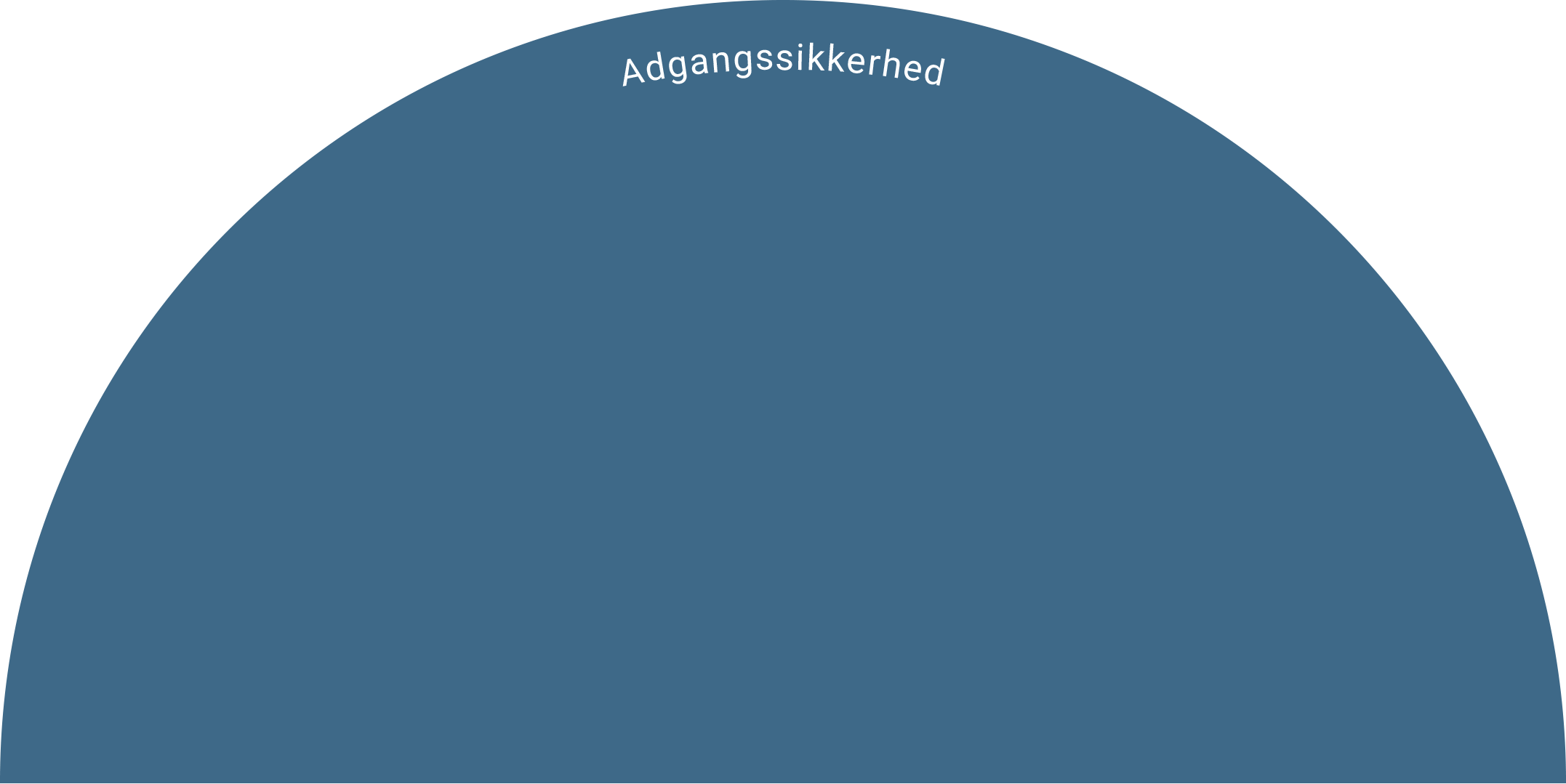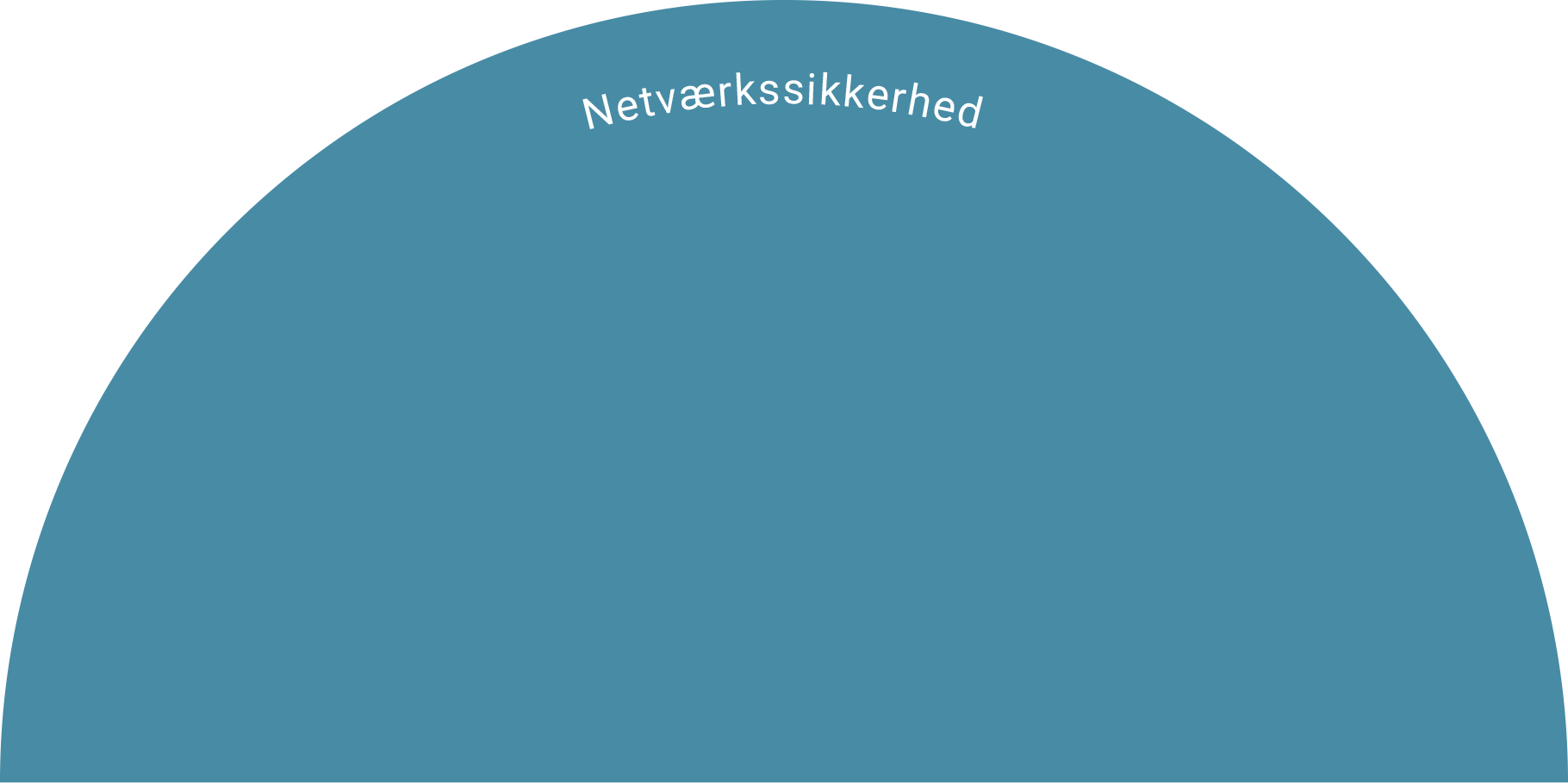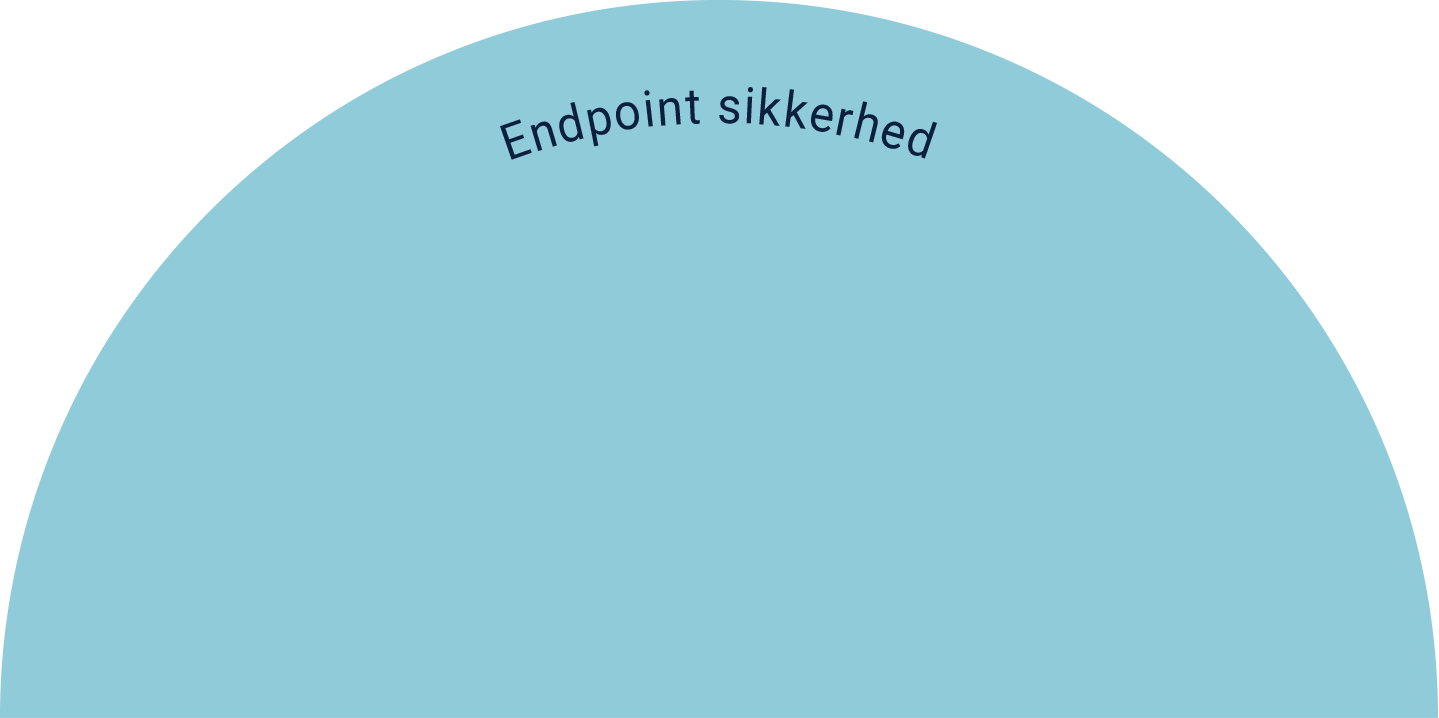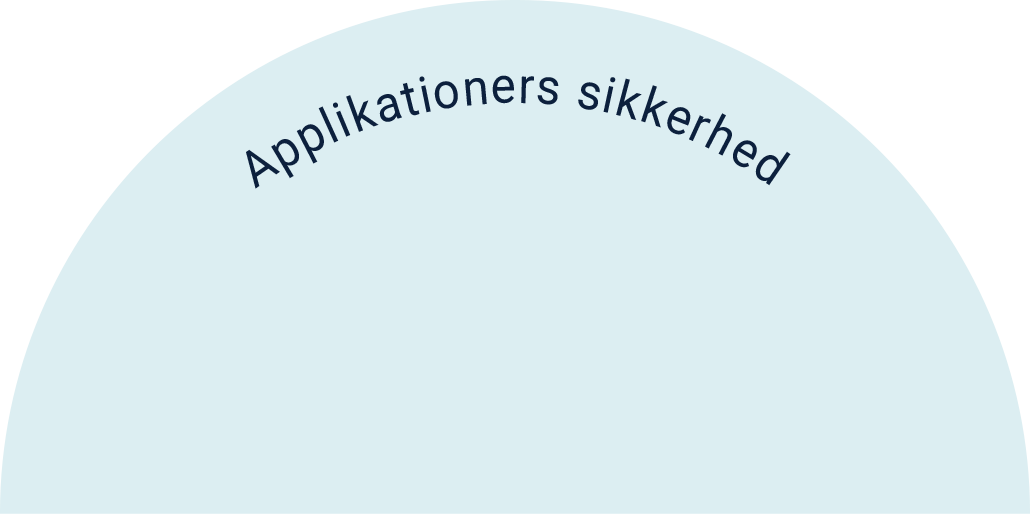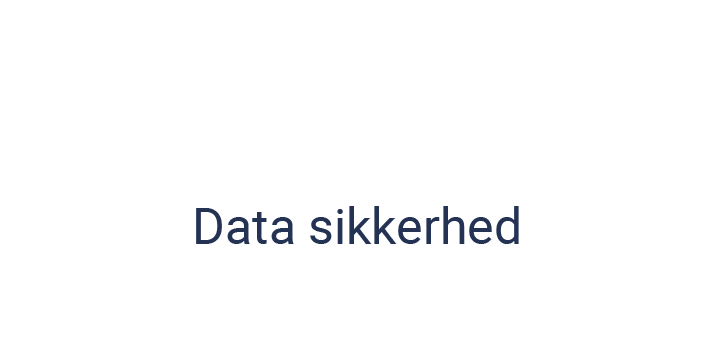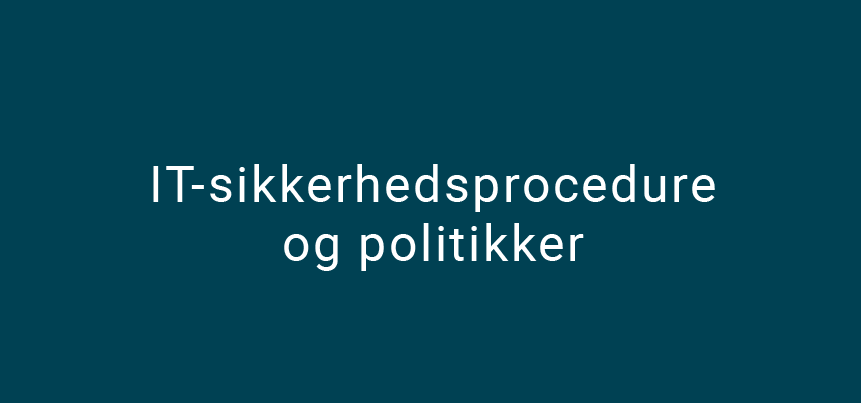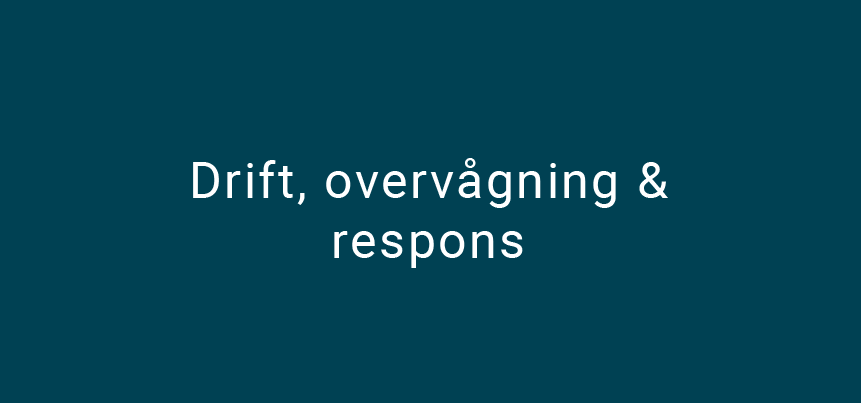Security and Cloud Solutions
Cloud or cloud computing covers many different concepts and services, but they all have in common that they are accessed via the internet. Unlike traditional hosting, where services and data are typically located in a specific location, the “location” in the cloud is more fluid and can be spread across multiple geographical locations and even countries.
Today, many companies have distributed their IT infrastructure across both Private and Public Cloud, but the trend is moving more towards Public Cloud.
Security and Cloud Solutions

Private cloud
Consists of computing services for data processing and storage, typically used by a single business.
It can be physically located in the organization’s own data center or it can be located with one or more hosting providers. With a hosting provider, there is a certain level of isolation between the different users (organizations/companies), which is usually achieved through the allocation of a private IP subnet and a virtual network infrastructure, such as a VLAN (Virtual Local Area Network), DMZ, VPN (encrypted connection) and SDN (software-defined network) per customer. Find out more here.
A private cloud can make it easier for an organization to adapt its resources to specific requirements in the moment. This could be in relation to storing data in a cloud location that the company wants to know the location of.
There are requirements for financial and public companies to know the physical location of their data, and for some, the requirement is that it must be in Denmark or within the EU.
Benefits of private clouds:
Examples of public cloud providers include Amazon (AWS), Microsoft (Azure) and Google Cloud Platform, and they have vast resources for storage and computing.
The layers of IT security
In the overview below, we call it the layers of IT security, you can read more about the many layers a hacker has to go through to get to your most sacred data and business secrets, which no unauthorized person can access. The different layers can help you focus on your company’s IT security and gradually build a solid defense against hackers and cybercriminals.
TripleIT can help you find the right action points and next steps by conducting an IT security analysis to reveal where it’s most relevant to take action first and where you get the most security for your money.
IT security procedure and policies
IT security procedures and policies can prevent breakdowns and threats.
Your company's critical assets
Critical assets are defined as assets that maintain the performance of your business.
Operation, monitoring and feedback
Data security
Data security is about methods and precautions to protect data
Application security
Application security is about strengthening the security of software programs.
Endpoint security
Network security
Network security is essential to strengthen the defenses of your company’s IT infrastructure.
Access security
Access security is about protecting your business physically and digitally from unauthorized access.
Private cloud
The security of cloud services is about preventing unauthorized access to the infrastructure, service and data.
Public cloud
The security of cloud services is about preventing unauthorized access to the infrastructure, service and data.
Hybrid cloud
The security of cloud services is about preventing unauthorized access to the infrastructure, service and data.


